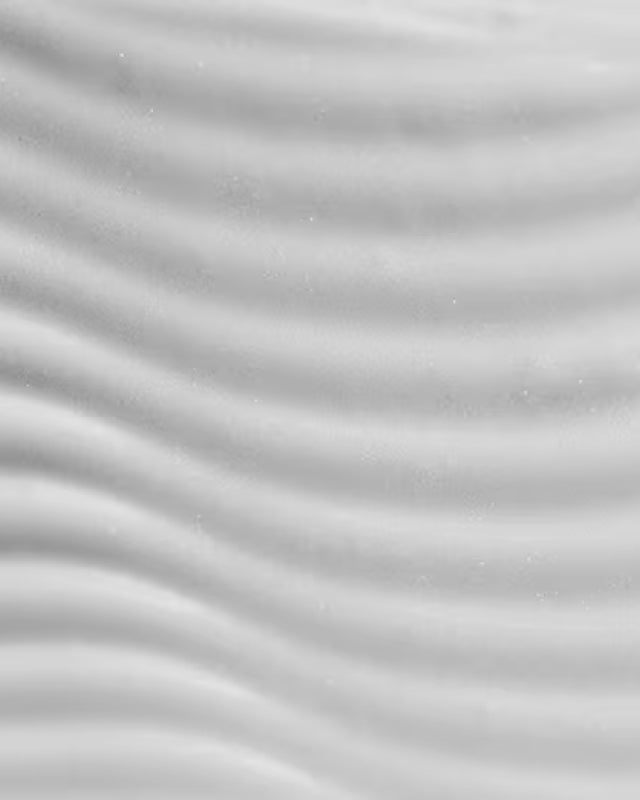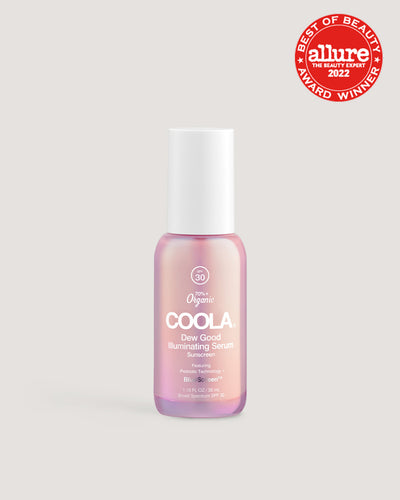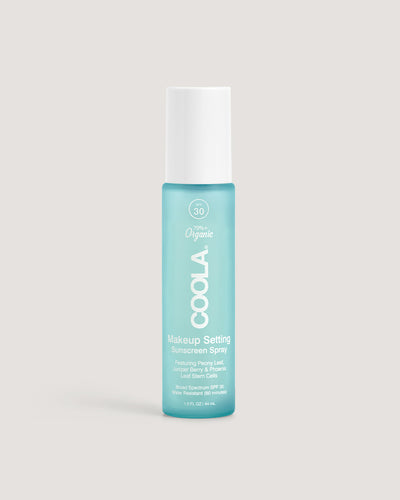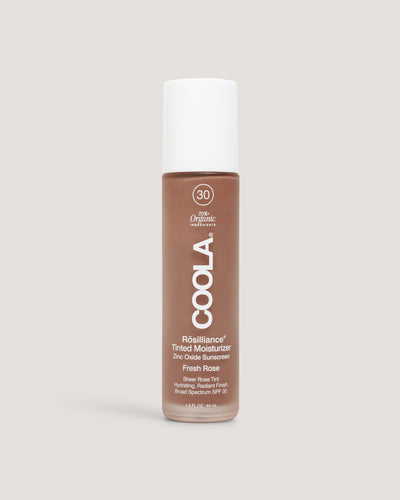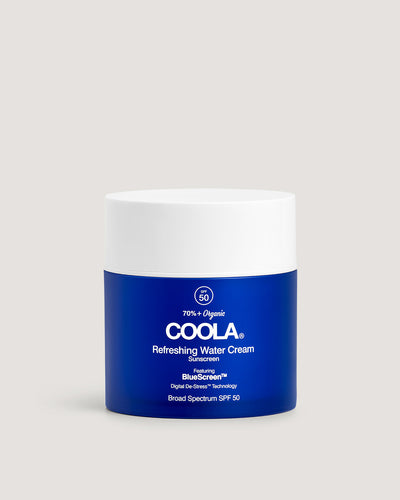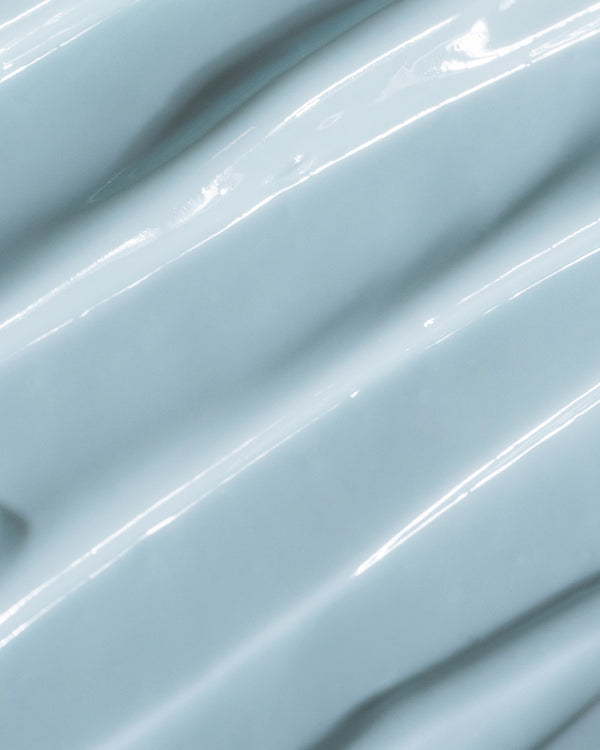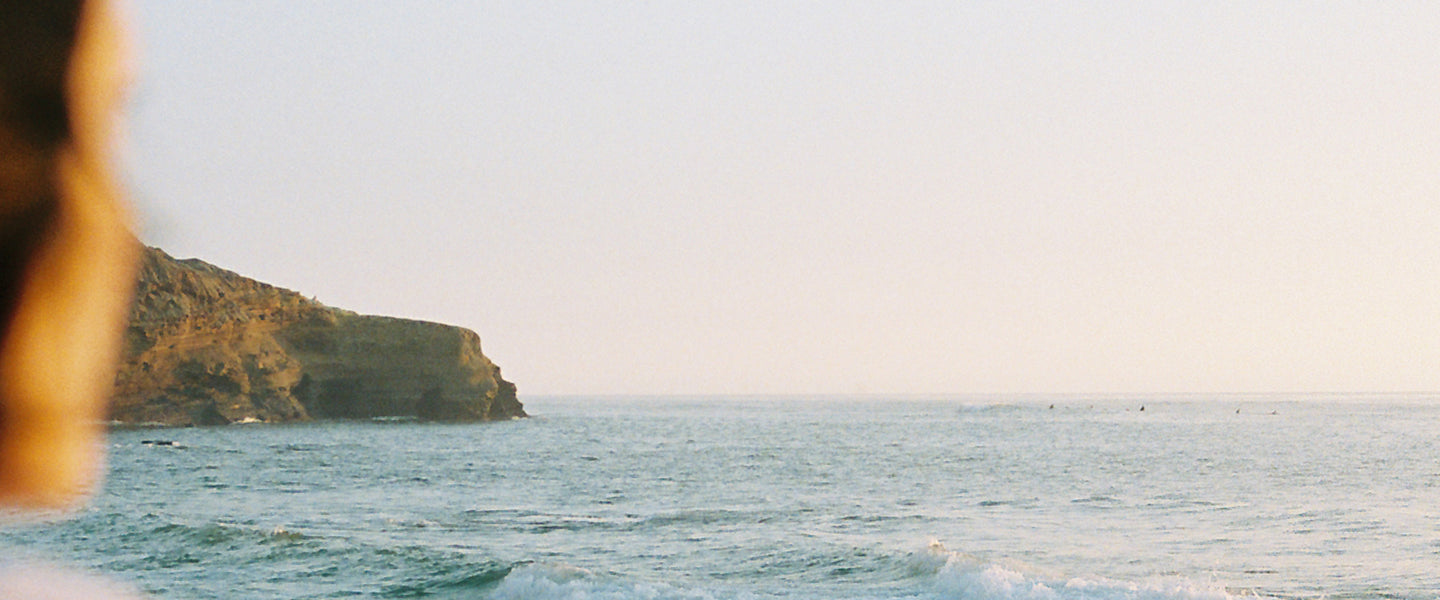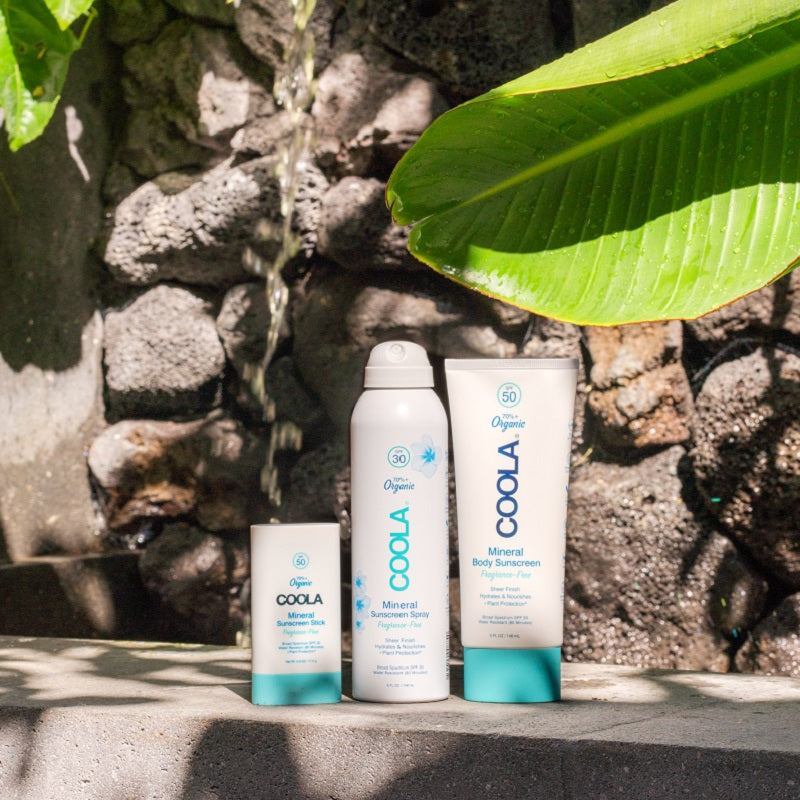
How to Stop Your Sunscreen From Pilling
Sunscreen is your number one defense against UV rays. Without it, your skin can suffer the effects of premature aging and even be at risk of skin cancer. However, some people experience issues when applying and reapplying their SPF. Sunscreen pilling is one such problem.
Pilling means your sunscreen is balling up and flaking off your skin. It looks bad, feels worse, but it is avoidable. Effective layering, high-quality SPF products, and application technique can all have an impact. Let’s take a closer look at this potentially unsightly problem and how to stop sunscreen pilling on face and body skin.
What Is Sunscreen Pilling?
Sunscreen pilling is the visible clumping or balling of small areas of sunscreen. It looks like little white pills on your face — hence the name. In some cases, it can appear like flaky, dry skin. Ironically, it can sometimes look as if your skin is peeling after healing from a sunburn.
It makes sense that if your sunscreen is in tiny flakes and pills, it’s not going to protect your skin adequately. You need even, smooth coverage. That’s why learning how to stop your sunscreen from pilling is essential.
Why Does My Sunscreen Pill?
Pilling can be incredibly frustrating, especially for those who invest time and care into their skincare routine. “Why is my sunscreen pilling?” you may wonder, especially if you’ve spent good money on lightweight skincare and SPF products.
Sunscreen pilling can be caused by a variety of factors, including the ingredients in the sunscreen and how it interacts with other skincare products. Some ingredients, such as certain types of silicones or mineral filters, can contribute to pilling if not formulated properly. A study investigated sunscreen pilling1, found that pilling was more common when sunscreen was used in combination with other skincare products, particularly those containing certain oils.
Other causes of pilling include:
- Too many layers of product
- Skincare products that aren’t fully absorbed
- Incompatible ingredients, such as gum-based products with oil-heavy moisturiser
- Silicone overload. Silicone can be heavy, and your skin may struggle to absorb it
- Rubbing too much or too vigorously during application
Layering your skincare products incorrectly can also cause pilling. Start with a clean, dry face, and layer gently and with care.
Sunscreen Pilling on Face: Key Triggers
Of course, the most worrying place to have sunscreen pilling is on your face. That’s why it’s important to understand what can cause facial sunscreen pilling. The most common cause is layering on too many products with thick textures without ensuring they’re all absorbed into your skin.
Most skincare routines start with cleansing. It’s important to fully dry your face before you apply SPF. If not, the sunscreen and water can form an emulsion, which can lead to pilling. Adding your serum before waiting for your sunscreen to dry could have the same effect.
Your SPF may have a matte finish with low sheen, or a dewy effect that leaves you looking hydrated and revitalized. If you’re layering products, consider using a lightweight serum like Dew Good Illuminating Serum. It provides SPF 30 protection and gives you a radiant glow. If you add another layer of SPF, consider a makeup setting spray for easy application and reapplication without disrupting your makeup.
If you’re wearing makeup, apply it after your skincare products and double-check that your skin is dry to the touch. Thick foundation products could also interact with some sunscreens. Consider a tinted moisturiser instead, for a gentle glow.
How to Stop Sunscreen From Pilling
Learn more about how to stop your sunscreen from pilling with these tips:
- Let each layer dry before applying the next: Don’t layer wet products onto wet products. Let your face dry fully before moving on to the next skincare step. This helps SPF products, including sunscreen, absorb properly and reduces the chances of them pilling. If you aren’t sure if you should apply sunscreen before or after moisturizer, it depends on the types of other products and ingredients you are using.
- Use fewer silicone-based products: Although silicone has proven benefits for skin elasticity2, it can accumulate on your skin. You might not see it until you start adding sunscreen, at which point it could start pilling.
- Dab, don’t rub: Gentle rubbing is okay to ensure you get full coverage, but don’t scrub at your skin. You can damage your epidermis, plus it doesn’t make you absorb the sunscreen any faster.
- Choose a quick-absorbing SPF: Chemical sunscreen products should be absorbed and working in 15 minutes.
- Consider mineral sunscreen: High-quality mineral sunscreens are less likely to pill than some chemical sunscreens. They form a thin, physical barrier and don’t need to be absorbed by your skin.
- Check out water-based alternatives: Water-based sunscreens are lightweight, hydrating, and less prone to pilling than many alternatives. Refreshing Water Cream provides powerful SPF 50 protection while feeling virtually weightless on your skin.
Remember to reapply your sunscreen regularly. Don’t try and apply a whole day’s worth in one go. Apart from causing pilling, you could make your skin too oily or greasy, leaving you more prone to breakouts.
How to Find the Best Sunscreen for Your Skin
When choosing a sunscreen, there are a couple of key factors to consider, like your skin type and any specific concerns you might have. If you have sensitive skin or a condition like rosacea, a mineral sunscreen might be the best option. Look for a formula that is lightweight, fast-absorbing or drying, and formulated for your skin type.
COOLA offers a wide range of organic face sunscreens that are designed to be compatible with other skincare products and makeup, making it easy to protect your skin without sacrificing your beauty routine.
You can choose matte, tinted finishes, dewy, hydrated looks, and SPF protection that goes all the way up to 70, protecting even the most sensitive skin.
Stop Sunscreen Pilling With the Right SPF Products
Sunscreen pilling can be a frustrating issue, but with the right prevention tips and skincare products, it can be avoided. Remember to apply sunscreen on clean, dry skin, allow other products to fully absorb, and avoid layering with silicone-heavy products.
Choose the right sunscreen for you, considering chemical, mineral, and water-based options. Always reapply regularly throughout the day. Part of maintaining healthy skin is protecting it against the sun’s harmful UVA and UVB rays. Our wide range of high-quality, organic sunscreens can help you do just that and keep your skin looking its best.
Sources:
- Montenegro L, Carbone C, Paolino D, Drago R, Stancampiano AH, Puglisi G. In vitro skin permeation of sunscreen agents from O/W emulsions. International Journal of Cosmetic Science. 2008;30(1):57-65. doi: https://doi.org/10.1111/j.1468-2494.2008.00417.x
- National Library of Medicine – Advincula de Araújo et al. “Use of silicon for skin and hair care: an approach of chemical forms available and efficacy.” NIH PMC, May-Jun. 2016, ttps://pmc.ncbi.nlm.nih.gov/articles/PMC4938278/


